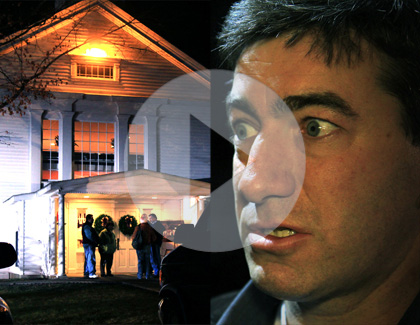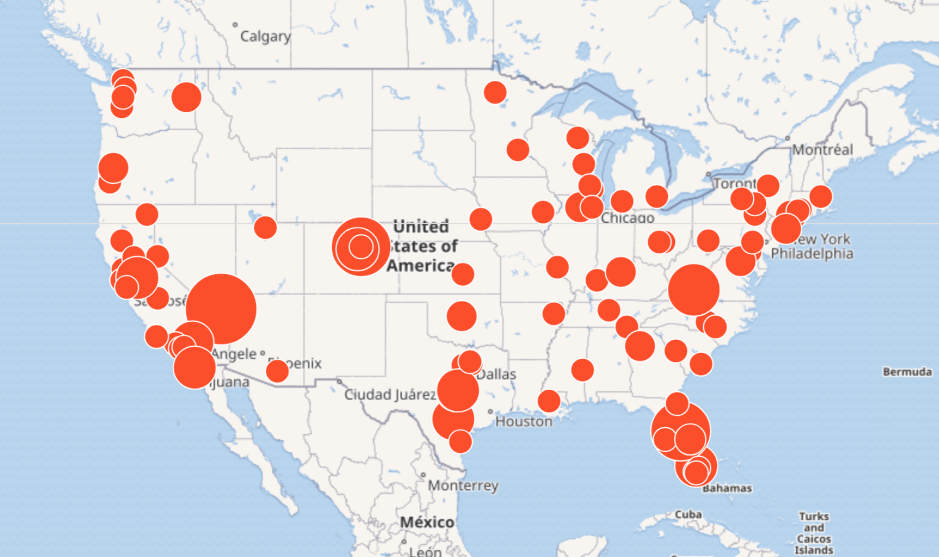My Place is a pizza joint and bar just off the main drag through Newtown. It’s a microcosm of this town: Everyone knows everyone, knows where they live, who their brother is dating, what their favorite microbrew is. Framed photographs of Babe Ruth cover the walls. Having a smoke outside, Alex Helfer, 26, recalls the days when high school partiers knew they were safe if the town’s two post-midnight cops busted the other party. After spending the day reeling from the Sandy Hook murders, last night locals here did what they always do: head to My Place for a pint. Only this time, Nancy wasn’t there to join them.
Nancy Lanza, mother of alleged shooter Adam Lanza, was one of My Place’s most popular regulars; she was found dead in her home yesterday. “She was wonderful, beautiful, classy…everyone knew her,” says waitress Laurie Champagne. Proprietor Louise Tambascio seconded the words of the local school superintendent that yesterday’s reports of Nancy being a teacher at Sandy Hook were wrong. But Nancy was involved with the gun community, she says, belonging to a club and taking her sons shooting.
Losing Nancy is a devastating blow to this close-knit community, Tambascio says. She’s known Nancy for 12 years, and remembers hiring Adam Lanza’s older brother, Ryan, as a busboy a couple years back. When initial reports came out that he was the shooter, she says, she knew they had the wrong brother.
Meanwhile, across town, outside Sandy Hook Elementary (or as close as police would allow anyone to get), a media feeding frenzy approached critical mass, swarming with reporters speaking English, French, German, and Japanese into TV cameras and bright lights. The few locals who braved the main street quickly found themselves circled by microphones and lenses, asked to share their shock with the world. Nick Verderame, 20, had come from a few towns over to lay flowers outside the fire station where children and teachers had fled for cover as the shooting unfolded. “I thought there was going to be more of us,” he says. “And less of you.”
Everyone here is anxiously awaiting the release of the names of the dead, to find out which neighbor, or neighbors, suffered an unimaginable loss. Champagne circles around My Place delivering beer, pizza, and hugs to folks in the crowd, whom she addresses by name. Despite the horror that unfolded yesterday, she says, looking forward to the coming weeks is almost worse: “There are going to be 28 funerals in this town before Christmas.”
















